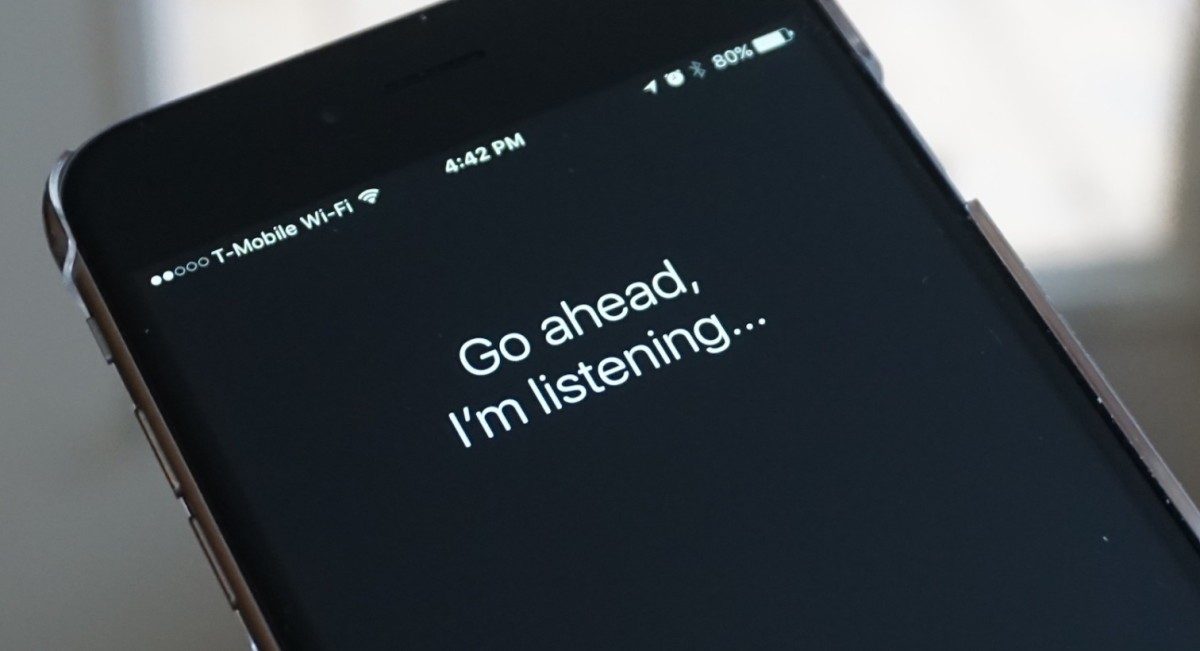Last Wednesday (4th of October) Google announced that they will add new functionalities to their Google Assistant and they will once again set foot in the hardware market. With the introduction of the Pixel 2, Pixel 2 XL, Pixel Buds, Google Clips, Google Pixelbook and, new Google Home speakers (including a smart speaker called Google Home Max), Google really tries to compete with Apple and Amazon. Almost all new hardware will have Google’s Assistant incorporated.
A digital personal assistant is nothing new, Apple debuted Siri late October in 2011 (Apple, 2011[1]). At least 3 years ahead of its competition. Amazon announced Alexa back in 2014 (The Verge, 2014[2]) and Google Assistant debuted even later. All these digital assistants have seen an increase in usage and users are getting more and more functionalities from them. In many cases, however, the users are dependent on the developer of the assistant in order to receive new functionalities. Especially Siri is fairly closed and Apple has only allowed developers to use about 9 different functionalities (Apple, 2017[3]). For Apple, their digital assistant, Siri, is the center of their development focus.
With the introduction of Google’s newest hardware, one thing became clear: Google is building their new devices around the Google Assistant. With this approach, it differs a lot from Apple. The newly introduced Google Home Max will be available right now. Just like Amazon’s Alexa, it’s already widely available for the general public. Apple, however, is slacking. There HomePod won’t be available until December (Apple, 2017[4]). In order to compete with Google and Amazon, Siri will have to get some serious improvements and more devices to be available on.
With Google Assistant at the center, Google is really looking at opening up the digital assistant platform for developers. The speech recognition of the Google Assistant is already much better than those of its competitors according to The Verge. The introduction of the new ‘Pay with Google API’ (Androidpolice, 2017[5]) will open-up new possibilities for developers to connect their applications and platforms. The new Home Max speaker is already able to play music from a wide variety of platforms like Spotify and YouTube. Not only adults will benefit from the improved digital assistants. Children will get the opportunity to play games with the Google Assistant. It doesn’t matter if they are alone or with a group, the Google Assistant will help them set up a fun game. Amazon’s Alexa is also putting more focus on families and the versatile use of their digital assistant (CNBC, 2017[6]). It is crucial for Google and Amazon to partner up with well-known content providers for children in order to make this possible. While Amazon is partnering up with Nickelodeon, Google started a partnership with Disney and some other large comic producers. Apple seems to have missed the boat regarding these partnerships.
Whether a digital assistant is something for you is hard to tell. Speaking for myself, I find it difficult to believe that I’ll tell a random speaker in my room to play some music or order me a pizza. On the other hand, it might really make my life easier. It will be interesting to see how the platforms around Amazon’s Alexa and Google Assistant will grow and whether Apple will catch up. What do you think about the emerging platforms for digitals assistants? And how will they impact our privacy?
[1] https://www.apple.com/newsroom/2011/10/04Apple-Launches-iPhone-4S-iOS-5-iCloud/
[2] https://www.theverge.com/2014/11/6/7167793/amazon-echo-speaker-announced
[3] https://developer.apple.com/sirikit/
[4] https://www.apple.com/homepod/
[5] http://www.androidpolice.com/2017/10/04/google-assistant-will-soon-transaction-apps-kid-friendly-features-game-templates/
[6] https://www.cnbc.com/2017/08/31/alexa-adds-kid-focused-skills-from-nickelodeon-sesame-street-amazon.html
Max van Soest,
379961


